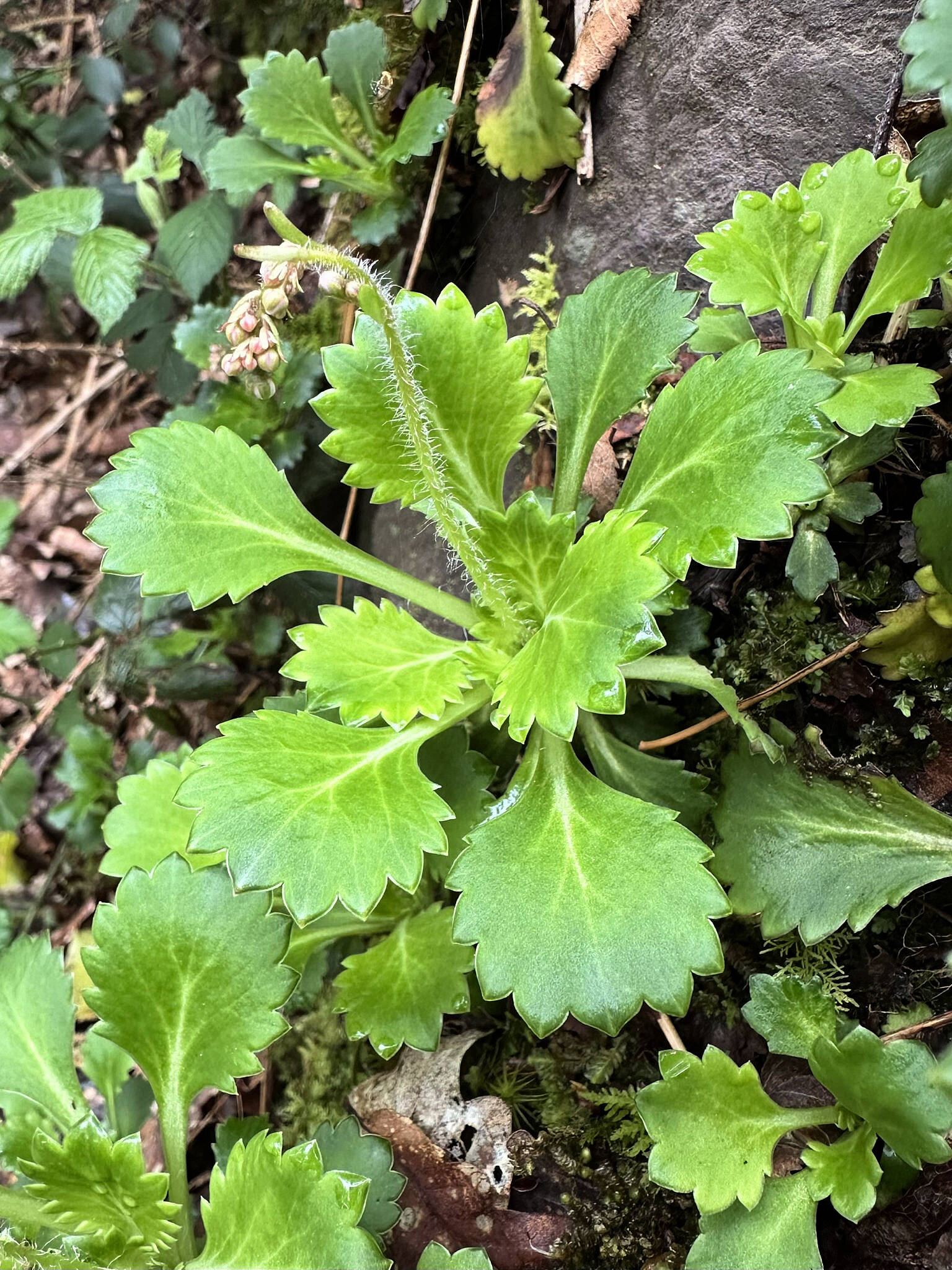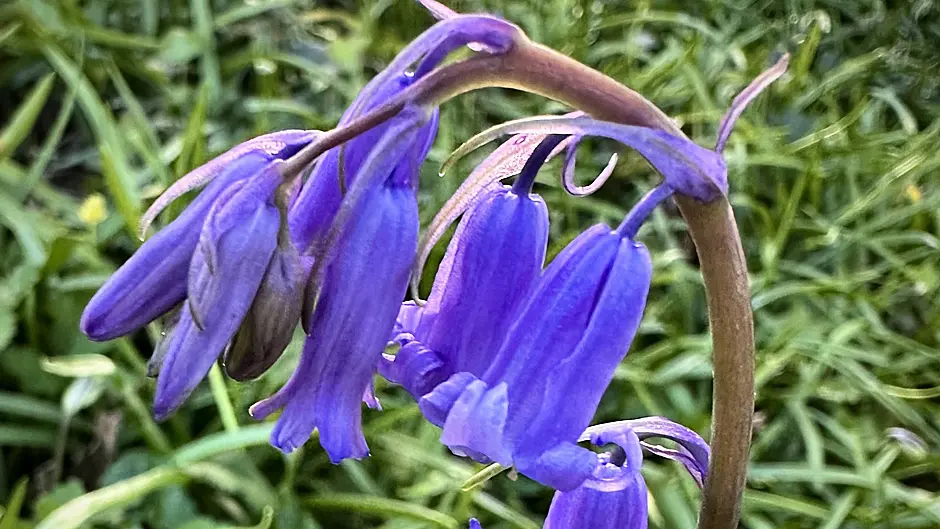
There is something truly magical about stepping into a native deciduous woodland at this time of year.
The leaves on the trees are just budding, bright green and velvety soft, and the woodland floor comes alive with wildflowers, each species making the most of the spring light before the trees above fully unfurl their leaves and cast the forest floor into shade.
These plants race against time, seizing the brief window when sunlight still reaches the ground to photosynthesise and bloom.
I recently visited Glengarriff Woods Nature Reserve for a woodland walk and was delighted by the diversity of wildflowers on display.
Mysterious plants
Glengarriff Woods presents a rare opportunity to spot several members of a distinctive group of plants known as the Lusitanian flora. These are plants native to Ireland but, curiously, only found in the south and west of Ireland and in northern Spain and Portugal. How these species, which thrive on the Iberian Peninsula, came to flourish in southwest Ireland, skipping France and Britain, remains a mystery. It is likely they arrived after the last Ice Age.
Among them are Irish spurge (Euphorbia hyberna) and St Patrick’s cabbage (Saxifraga spathularis), both of which we spotted in flower in Glengarriff Woods last week.
 The unusual looking wildflower Irish spurge contains toxins and exudes a milky sap from cut stems, making admiring and not picking the flower the safest bet.
The unusual looking wildflower Irish spurge contains toxins and exudes a milky sap from cut stems, making admiring and not picking the flower the safest bet.
Flower power
St Patrick’s cabbage is found mainly in the west, and particularly in the southwest, lucky for us. Its Irish name is cabáiste an mhadra rua, which translates as ‘fox cabbage’. It can be locally abundant on damp, acidic rocks and thrives in Glengarriff Woods.
Flowering from May to August, it bears long stems up to 30 cm tall, each topped with small white and pink flowers.
The plant’s unusual fleshy leaves have zig-zag edges and are arranged in a rosette close to the ground. Amazingly, this hardy wildflower seemed to be growing on solid rock when I observed it, somehow rooting in soil trapped in the crevices.
Irish spurge, another distinctive Lusitanian plant, is bright green and sturdy, growing in clusters with green flowers borne on tall stems up to 60 cm high.
The stem of this native plant, like others in its family, contains a milky juice or latex; reflected in its Irish name bainne caoin, referring to the sap that oozes when the stem is broken.
This sap is poisonous and can irritate the skin, so it’s best avoided. Stories tell that Irish spurge was once used to catch fish, crushed plants placed in water would allegedly cause fish to float to the surface.
Blooming battle
It would be remiss to write about woodland wildflowers without mentioning one of our nation’s favourites, the glorious common bluebell. These bluebells carpet our woodlands in a sea of gently swaying blue during April and May and are truly a sight to behold.
Sadly, the native common bluebell (Hyacinthoides non-scripta) is under threat from the imported garden variety, the Spanish bluebell (Hyacinthoides hispanica). Ironically, our fondness for these beautiful blue flowers contributed to the problem. Spanish bluebells, once planted in gardens, escaped and hybridised with our native species.
Although it is now illegal to sell or buy Spanish bluebells because they are a regulated invasive species, the hybrid is already present and spreading in the wild, capable of outcompeting the native species. A simple way to distinguish between the Spanish bluebells, their hybrid, and the native variety is by looking at the stem and flower arrangement.
Native bluebells have drooping stems with most flowers hanging on one side, while Spanish and hybrid varieties tend to have upright stems with flowers on both sides. Native bluebells are also considered an indicator of ancient woodland, alongside wood anemones and wood-sorrel.
 St Patrick’s cabbage, a plant with a curious distribution, confined to the west and southwest in Ireland.
St Patrick’s cabbage, a plant with a curious distribution, confined to the west and southwest in Ireland.(Photo: Ann Haigh)
Feeling hungry?
During my woodland walk, I also noted several edible plants in glorious bloom, though, of course, caution and care are always necessary when foraging. The plants I observed included bilberry (fraochán), wild garlic (commonly referred to as ramsons), and the non-native and invasive three-cornered garlic, or leek.
Bilberry is a low-growing deciduous shrub currently in leaf and flower; its fruit will appear in July and August. It thrives in the understorey of acid woodland and is a favourite of many insects, particularly bees and butterflies. The bilberry mining bee and the mountain (or bilberry) bumblebee are insects that rely heavily on bilberry, extracting nectar from its delicate flowers.
What’s in a name
One intriguingly named flower we spotted was common cow-wheat (Melampyrum pratense), a small, hemi-parasitic plant that draws nutrients from the roots of nearby plants. The origin of its name is unclear: some believe it’s because cows that grazed on it produced especially rich butter; others suggest that while the seeds resemble wheat, they’re nutritionally worthless for humans, hence “cow-wheat”, implying they were fit only for livestock. There’s also an old folk belief that the seeds could somehow transform into wheat, possibly because they often appeared among wheat crops. Regardless, the plant contains toxins, and consuming large amounts is harmful to any species. Its Irish name is Lus an tsagairt, meaning “the priest’s plant” or “herb”.
Conifer concerns
In contrast to native deciduous woodland, non-native conifer plantations offer little beauty or biodiversity. Their dense, evergreen canopies block light year-round, making them poor habitats for woodland wildflowers.
Sadly, the most recent national survey of native woodland, published in 2008, revealed that just 1.25% of Ireland’s land is covered by native woodland, making these precious areas all the more special. So, if you have the opportunity to visit one of our local deciduous woodlands this spring, do so soon, some lovely wildflowers await.








